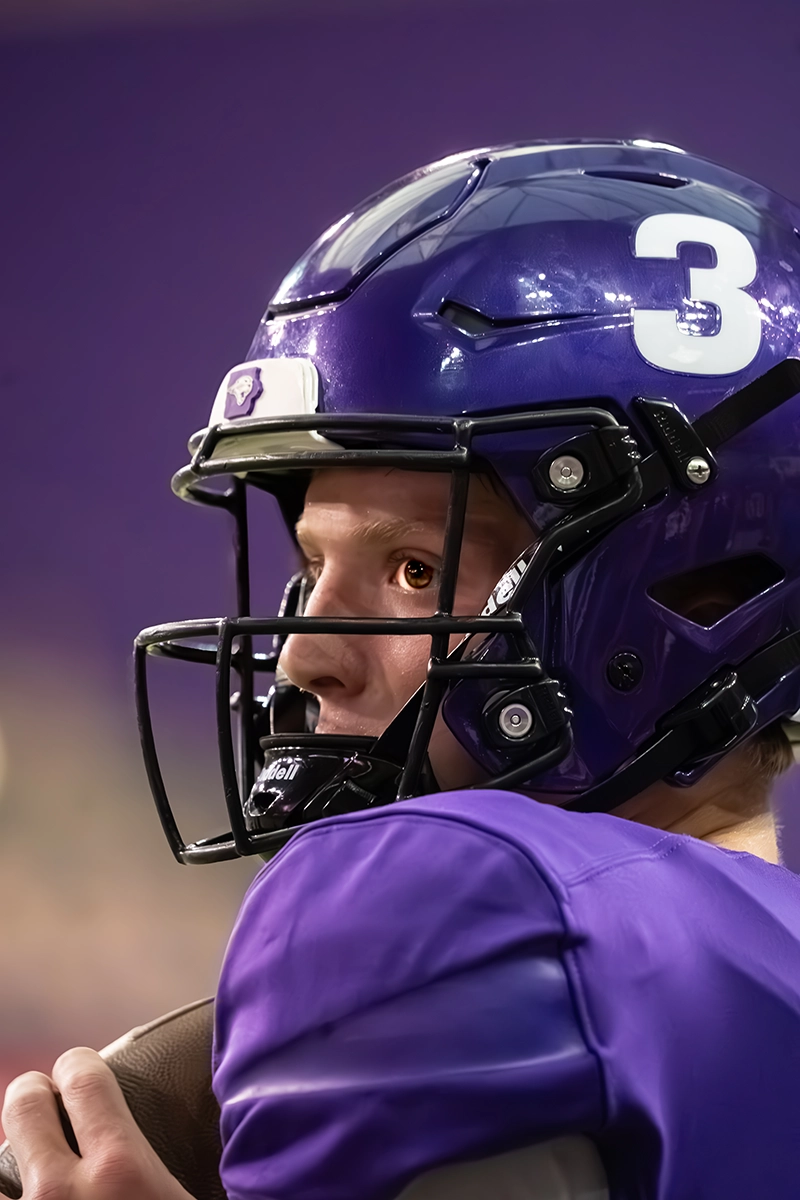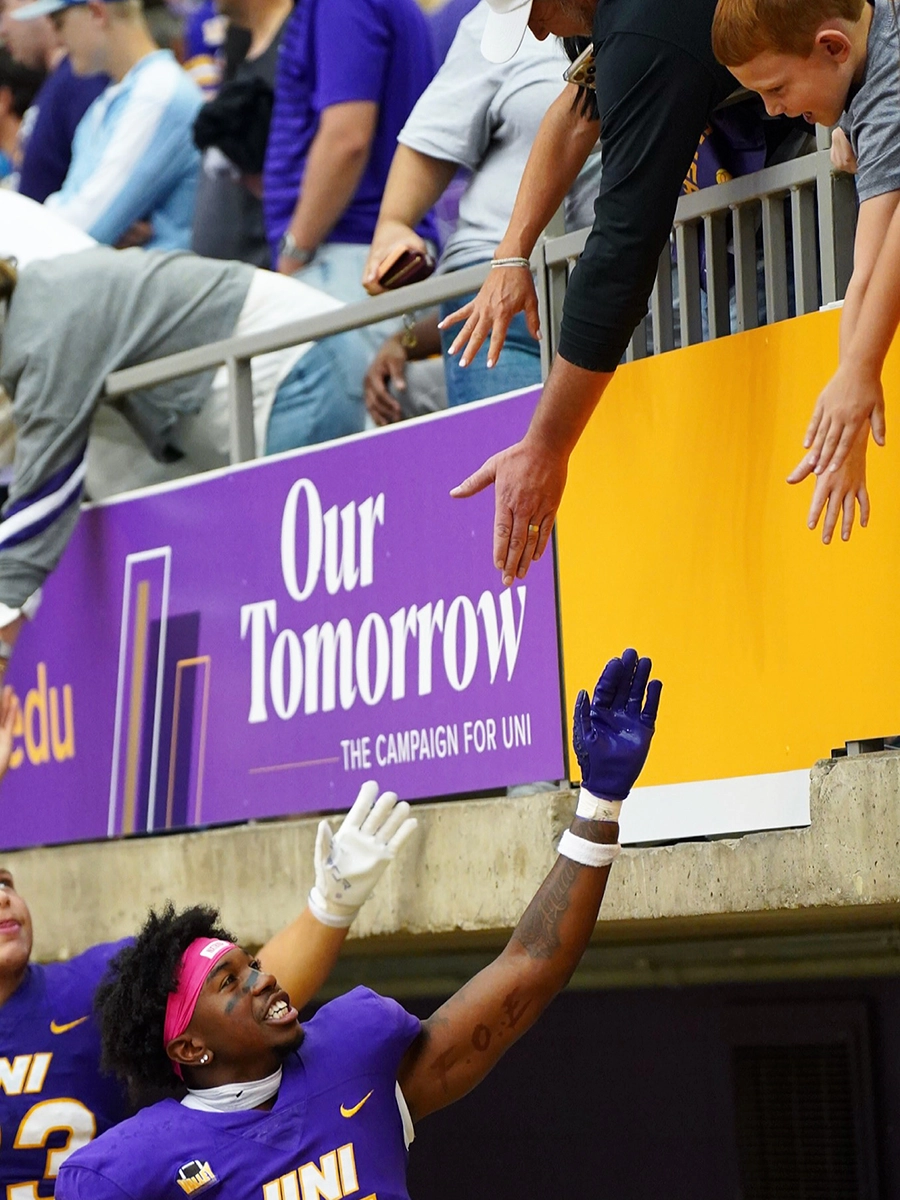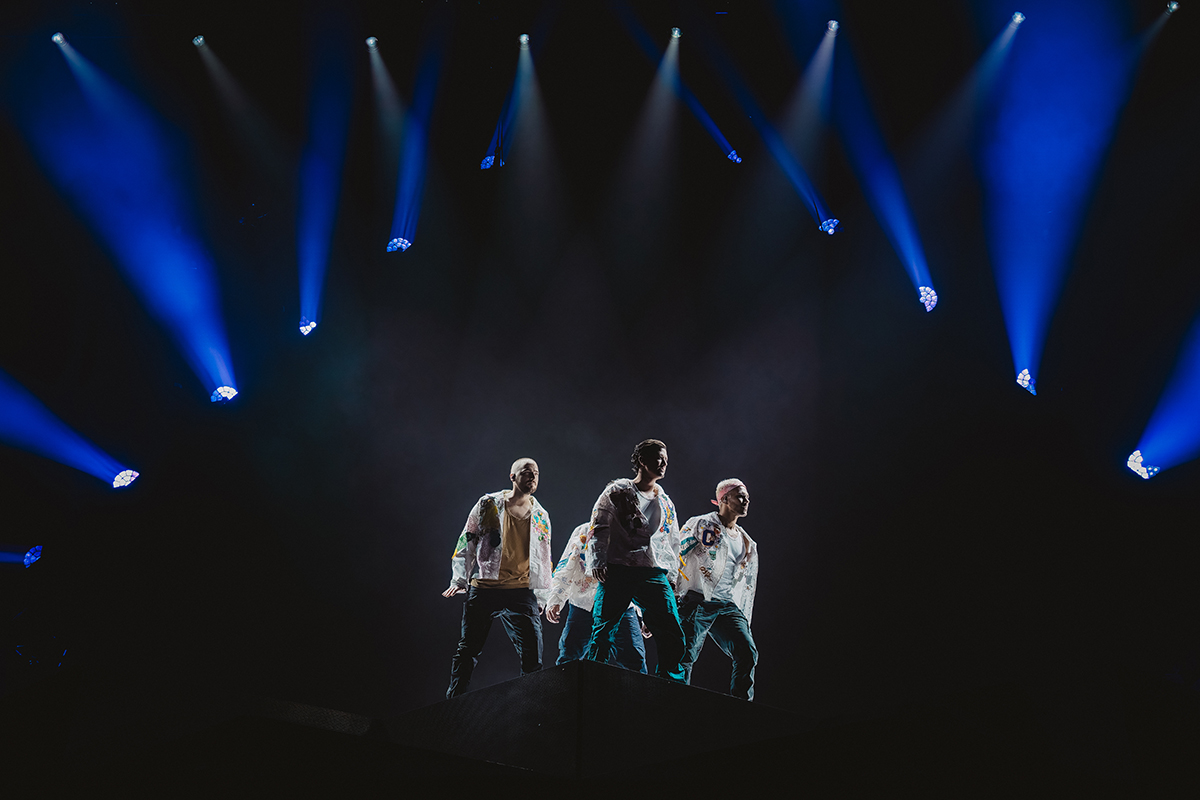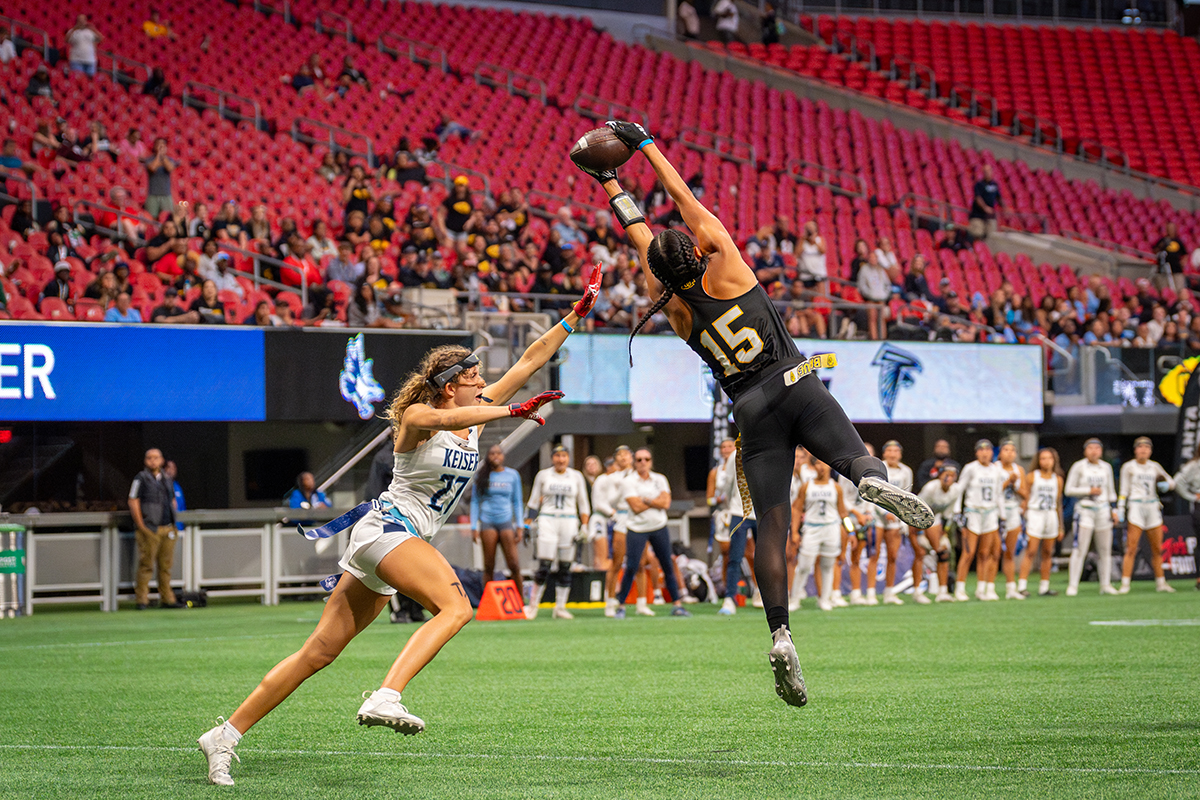
Game Day
Noah Bullock’s playbook for football photography starts with preparation, and his Tamron 35-150mm F2-2.8 and 150-500mm VC lenses.
Author: Jenn Gidman
Images: Noah Bullock
Share Article
Noah Bullock’s playbook for football photography starts with preparation, and his Tamron 35-150mm F2-2.8 and 150-500mm VC lenses.
For Noah Bullock, football isn’t just a sport—it’s a way of life. “Football is my family’s second religion,” he says. “I don’t think I’ve missed a single weekend game in the last 26 years.” Noah, who’s the director of the Bisignano Art Gallery at Iowa’s University of Dubuque, somehow manages to balance that full-time job with his other passion: photography. Between his work at the gallery and long evenings shooting games and editing photos, Bullock says he’s working from early mornings to midnight most days.

A lifelong athlete, Bullock turned to the camera as a way to stay close to the game once he stopped playing. “For me, it’s a way to stay on the field,” he says. “I’ve played football my entire life, and this keeps me connected to that energy.” His self-taught approach evolved alongside his education—he recently earned a master’s degree in sports marketing and management—and his growing desire to move fully into a sports-oriented creative role.
When it comes to photographing football, Bullock relies on two Tamron lenses that have become essential to his game-day lineup: the 35-150mm F/2–2.8 Di III VXD and the 150-500mm Di III VC VXD ultra-telephoto lens. Each serves a specific purpose in capturing the intensity and emotion of the sport. “I shoot with two Sony bodies at once, with each lens getting its own camera,” he explains. “The 35-150mm is my ultimate all-around lens, offering versatility for everything within about 50 yards of the action and a fast aperture that helps me contend with less-than-ideal lighting.”
When he needs to reach across the field, the 150-500mm VC comes into play. “It’s amazing for outdoor sports across all kinds of lighting situations,” Noah says. “The Vibration Compensation feature is key, and that extra reach to 500mm means I don’t miss a thing.”
NOAH’S QUICK TIPS
Pregame warmup entails preparation.
My prep starts hours before kickoff. If it’s a stadium I’ve never shot in before, I like to get there at least four hours early. I’ll walk the entire field, checking for dark and light spots to figure out which areas have the best lighting and taking a few test shots to dial in my settings.
Next I’ll meet up with my creative team—usually a group of students—to talk through what they’re seeing and what angles we might try. That early setup time is crucial. It lets me get all the technical stuff out of the way so that once the game starts, I can focus on the rhythm and movement of the players instead of worrying about my gear.

During the first quarter, I’m mostly observing. I’ll grab a few shots and some video, but I’m really studying both teams’ offenses and defenses to see how they play—what kinds of formations they run, how the quarterback reads the field, where the big plays might happen. If you understand the game, you can anticipate where the ball’s going and be in the right place to capture it. By halftime, I usually have a good feel for both teams, and that’s when I start to loosen up and get creative. The second half is when everything comes together.

Set the stage.
I always start with a few baseline settings and adjust from there, depending on the lighting. Indoors, I’ll typically start with my ISO around 3200, then bump it up to anywhere between 6400 and 12,800 if the shutter speed is below 1/500 sec. or the aperture is fully open at F2.8 or lower. I prefer to keep my aperture as open as possible for stills, since that shallow depth of field offers me terrific bokeh and allows me isolate the player’s eyes, expressions, and motions.
Outdoors, my settings depend a lot on conditions—e.g., sunny, cloudy, overexposed—but if I need to make a quick tweak, I’ll use exposure compensation in small increments, usually around ±0.3. The key is finding that balance: keeping the shutter speed fast enough to freeze the action without introducing too much noise, so there’s less cleanup to do in post.
Keep photos sharp and clean.
Making sure my images are in focus starts with anticipating the plays. If I can read what the offense or defense is about to do, I can position myself and lock in focus before the action even happens. Continuous focusing is great—until someone runs in front of your camera, or in front of the player you’re tracking, and throws the whole thing off. So I’ll often resort to back-button focusing, so I can hold focus on a specific player without losing it if someone else enters the frame.

As far as keeping my backgrounds clean so they don’t distract from the plays on the field, I typically shoot as wide open as possible, which allows me to isolate the player while turning the crowd and stadium lights into a soft, colorful bokeh in the background. You still pick up on the energy of the crowd and the context of the scene, but without too much distraction competing for the viewer’s eye.
Lean into crowd work.
The people who show up to these games are just as important to photograph as the players on the field—it’s what gives the game its heartbeat, especially at smaller college and high school games, where you’ll see families crowding the sidelines, kids waving, and parents cheering. I always make sure to capture those moments, because they tell the story of football not just as a sport, but as a form of community.

Build connections.
When I first started shooting football, I just followed the ball—wherever the play went, that’s where my camera went. But after a while, I realized that the real story wasn’t just in the tackles or catches: It was in the emotions.

To capture that, especially when players are hidden behind helmets, I’ve learned to build relationships first. I get to know the players, their families, the coaches—I’ll talk to them at practice, connect on social media, even text occasionally. That trust makes a huge difference. When they see me on the sidelines, they’re comfortable, they’re relaxed, and sometimes we’ll even make eye contact in the middle of the action. That’s when I get the shot.
To see more of Noah Bullock’s work, check out his Instagram.


